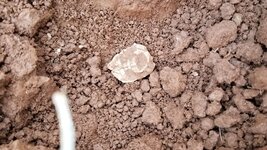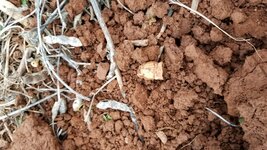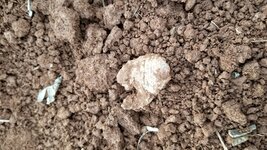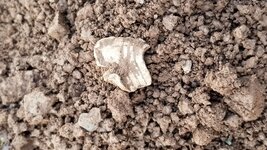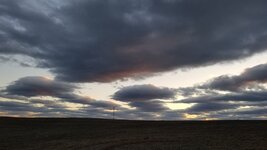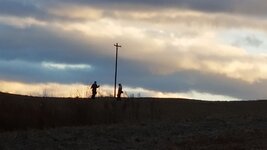vferrari
Silver Member
- Jul 19, 2015
- 4,910
- 8,377
- Detector(s) used
- XP Deus with HF/x35 Coils and Mi6 Pinpointer/ML Equinox 600/800/ML Tarsacci MDT 8000 GPX 4800/Garrett ATX/Fisher F75 DST/Tek G2+/Delta/Whites MXT/Nokta Simplex/Garrett Carrot
- Primary Interest:
- All Treasure Hunting
Just finshed up another relic hunt near Culpeper VA and did pretty good. My find of the hunt was an 1862 IHP in pretty good shape considering the fertilized farm field I pulled it out of. But save for one or two minie balls and a horseshoe, the Deus spent most of its time strapped to my back as I pretty much swung my Minelab 4800 PI detector for most of the hunt.
I made a quick video below on site to show how significant an impact the mineralization has on the Deus being able to "see" much less ID a minie ball.
[video]https://drive.google.com/file/d/1W9az4xcIlUfOgmPOGooX8Re4P5ketiWZ/view?usp=sharing[/video].
Pics of some of my finds attached too (most, including the IHP, were detected by the Minelab).
I made a quick video below on site to show how significant an impact the mineralization has on the Deus being able to "see" much less ID a minie ball.
[video]https://drive.google.com/file/d/1W9az4xcIlUfOgmPOGooX8Re4P5ketiWZ/view?usp=sharing[/video].
Pics of some of my finds attached too (most, including the IHP, were detected by the Minelab).
Amazon Forum Fav 👍
Attachments
Last edited:





